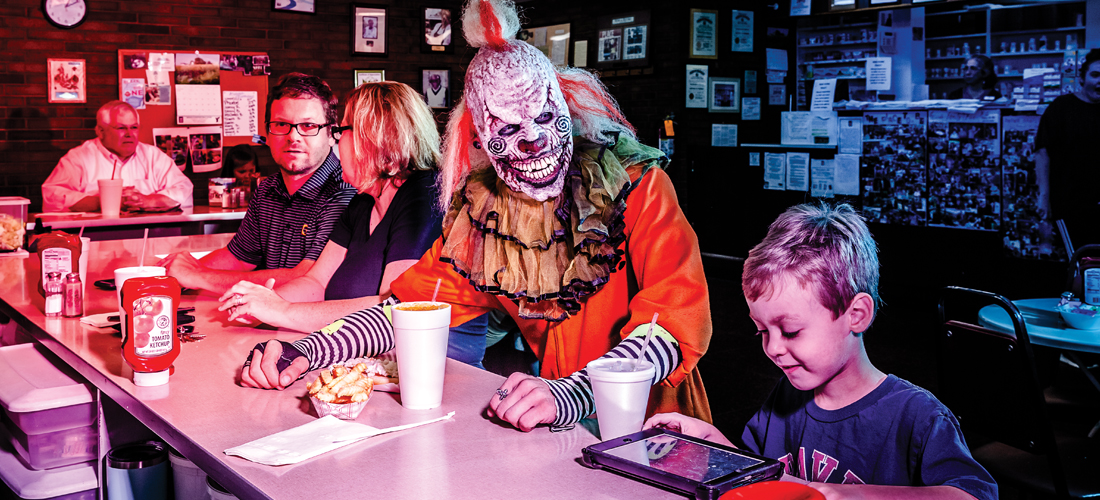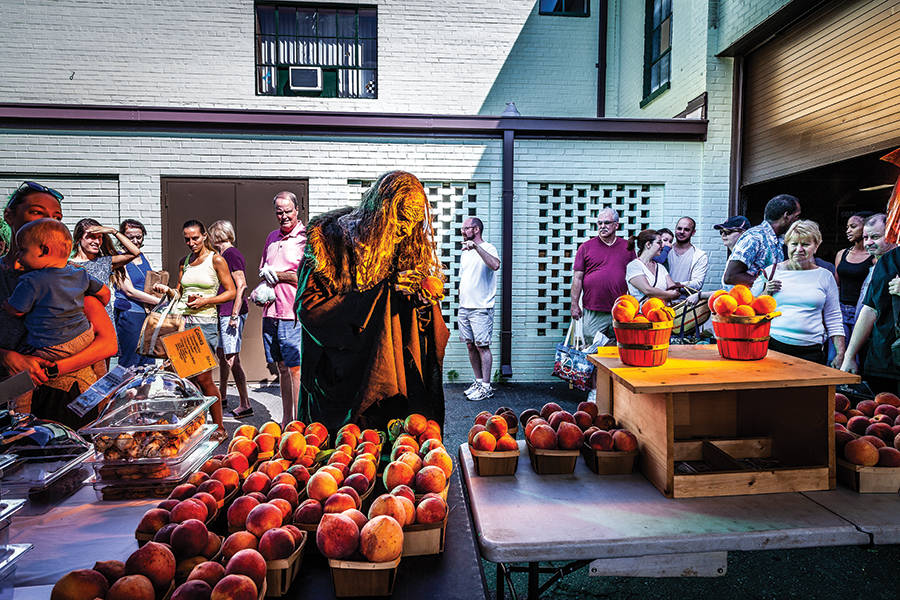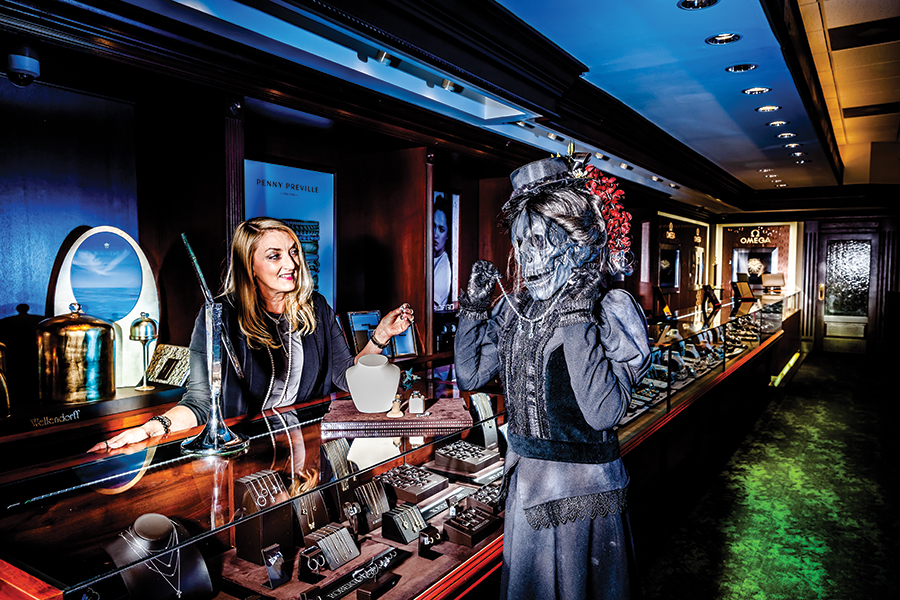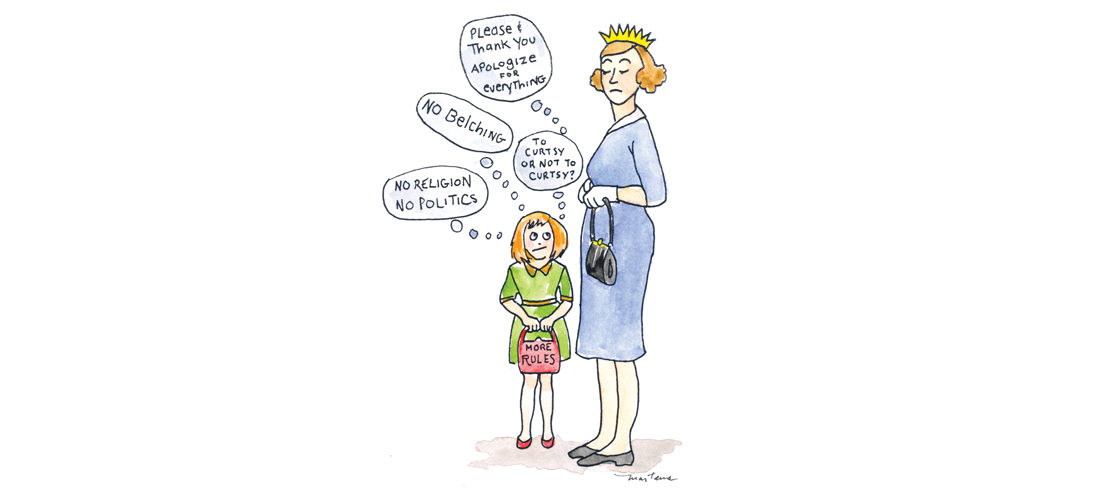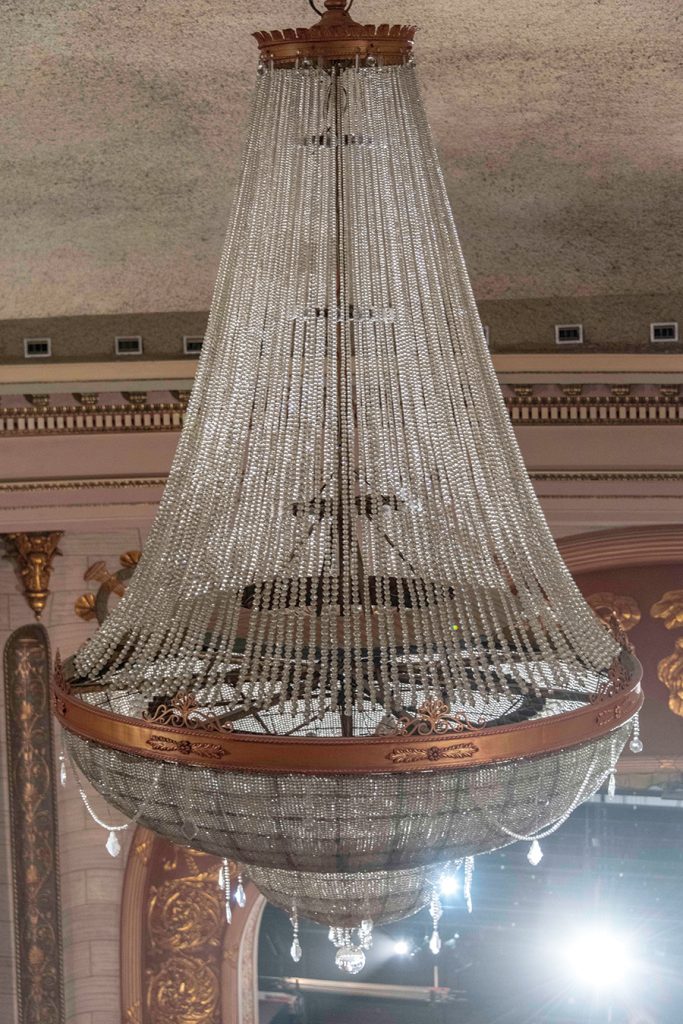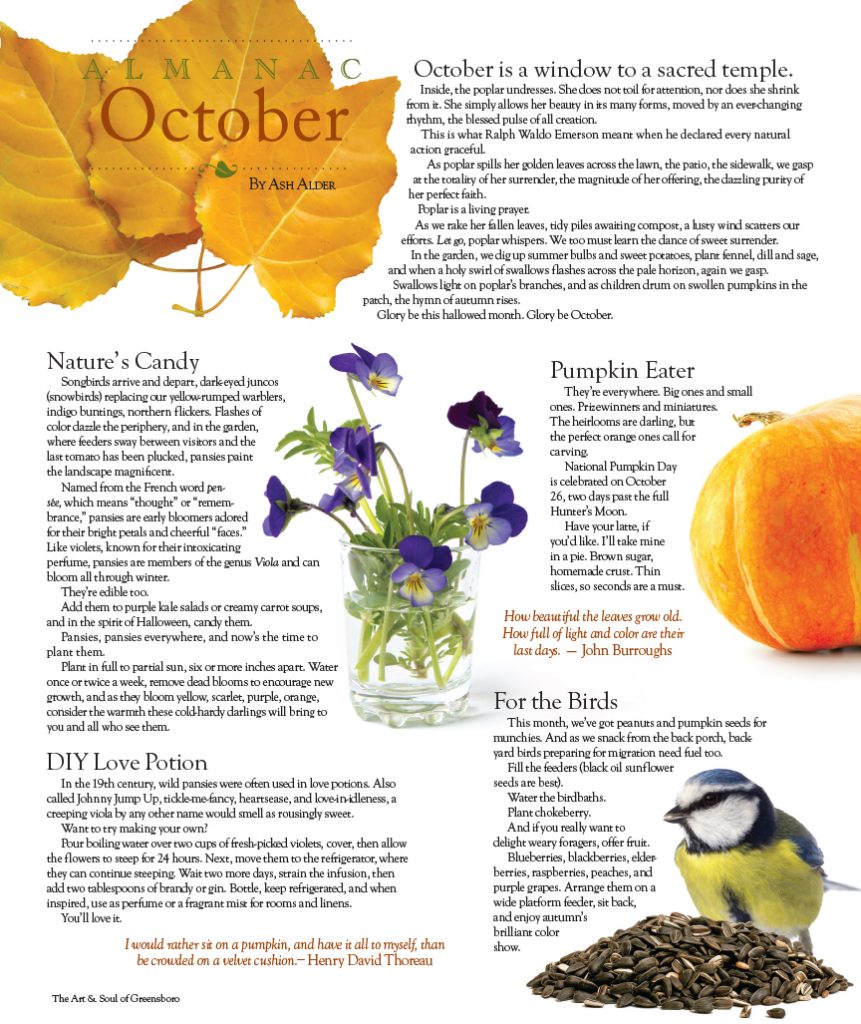True South
Closet Conundrums
When it’s time for the big switch
By Susan S. Kelly
Now approacheth the dreaded biannual chore, at least for the females of the species: The Closet Changeover.
The way I understand it, and if the pictures in People magazine can be believed, people in LA never have to do this. Los Angeles is seasonless. Celebrities: They’re not just like us, actually, as People would have you believe.
And for Wisconsinites, Vermonters, Floridians and even some Texans, whatever seasonal change they have is so short that barely a hanger or a shelf needs disturbing. Ten-month winters, two-month summers, and vice-versa. But for those of us who live with real seasons, it’s time to get to it.
Now, normal people, sane people, probably schedule this task; take a Saturday and tackle it all at once, chop-chop. Then there are the folks who wake up one chilly morning and say, “Where is that sweater?” And tackle it all at once. And then there’s me — and I suspect a lot of others — who begin with good intentions and get sidetracked not by the internet, but by decisions, so that the task takes six weeks, on and off. You can’t tell, but I do have a system.
Throw everything on the floor and bed. (Hope it’s a king-size.) First, separate into categories of Too Tight, Too Short, Too Bare, and Just Because You Can Doesn’t Mean You Should. Likely, there will be a tall pile of Not Sures. And, like that old saw that warns if you have to ask the price of something, you can’t afford it, it follows that if you have to take a selfie wearing the garment in question and send it to your sisters and ask if you should keep it, the answer is probably no.
(Speaking of not affording, now’s a good time to get out the Goof Off and scrub away the tell-tale Marshalls and TJ Maxx stickers on your shoes.)
During this process, you’ll experience acute apparel anxiety. One of my sisters has said, “I’m living in separates hell.” (Remember that term, “separates”?) To escape, she’s decided to convert nearly her entire “’drobe,” as she calls her wardrobe, to dresses, and tech clothes. The other sister is such a shopper that she began putting clothes on layaway when she was in seventh grade. (Remember that term, “layaway”?) I ask you, what kind of 12-year-old knows what layaway is? A born consummate clotheshorse, that’s who, and that sister hangs tags on her clothes to remind herself what event she last wore it to — a dinner, a cookout, a meeting. I kid you not. She’s the sister who coined two of my favorite ’drobe terms: The Punishment Dress (or shirt, or whatever) that you’re sorry you bought but you have to wear to punish yourself for buying it. And The Whistle Dress, for the dress that’s so easy, and is ideal for so many situations, that you just whistle and it jumps out of the closet. Often, it must be admitted, Whistle Dresses don’t touch your body anywhere but the shoulders.
“Is this out?” I text the clotheshorse sibling, attaching a picture. “Houndstooth is never out. Neither is leopard print,” she messages back. OK, that’s settled. Onward.
Here are the clothes you’ve simply turned against, have developed an inexplicable and unreasonable hatred toward. Pitch. Here are the ones to downgrade, meaning that you “saved” it for in-law dinners, a charity speaking event, etc., but this year, it gets demoted to church. In-laws judge in-style. God does not.
I know it looks great on you, but if it itched last year, it’s going to itch this year. Pitch.
It’s also OK to toss something just because you’re tired of it. But, a warning: When photographs of you wearing it come up later in some post, or in the photo drawer that’s never been properly organized, you might find yourself saying, “Dang, that looked good. Why did I get rid of it?” Too late for regrets.
Now, here comes the poundage pile, the five-fewer-pounds-and-this-will-fit-fine-again layer, I mean pile. The clothes that my mother calls “tailored,” I call “tight,” and my daughter calls “body con” (for “conscious”). Here’s how you’re gonna deal with that. If you’ll still need Spanx with it even after the five pounds magically evaporate, pitch.
A moment, now, of self-congratulation for all the stuff I don’t have to pitch, the trends I managed to live through and do without: poufs; shrugs; tracksuits; Crocs; boiled wool jackets. The trend I wish I’d bowed to: jean jackets. The trend I fell victim to, but only once: Ultrasuede. What I will never, ever give up: clogs and cardigans. What I am, thank you Jesus, too old for: bralettes.
My final advice, born of experience, is to always buy something at the end of a season, when it’s on sale, and then, facing that shelf or rack of been-there-worn-that duds the next closet changeover (April), you’ll spot something fresh, unworn, and new-to-you, which makes the chore the faintest bit more bearable.
In Los Angeles, everybody from bums to billionaires just wears T-shirts. In New York City, everybody but Hoda and Kathie Lee just wears black. But you’re Southern. What’s in your closet? OH
Susan Kelly is a blithe spirit, author of several novels, and proud grandmother.




